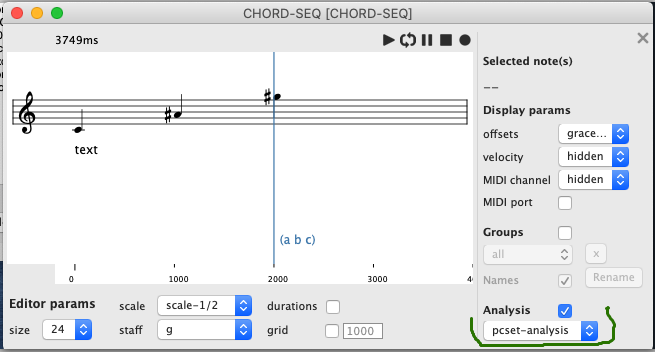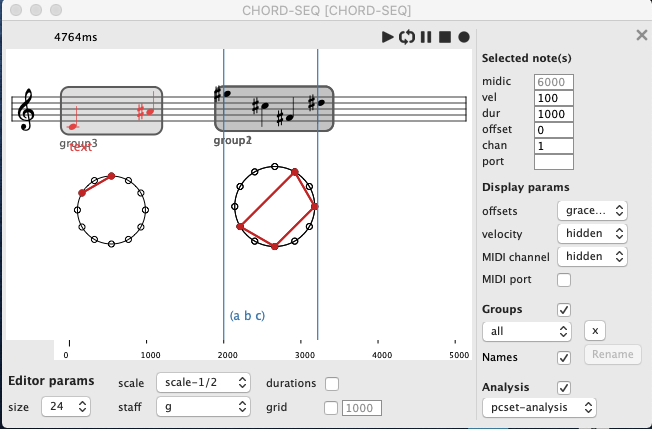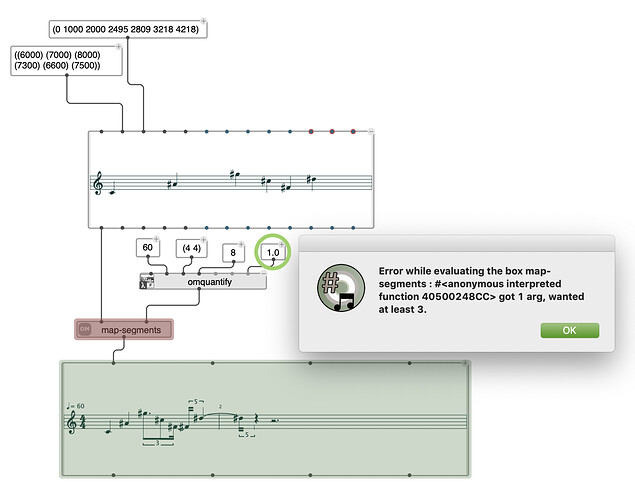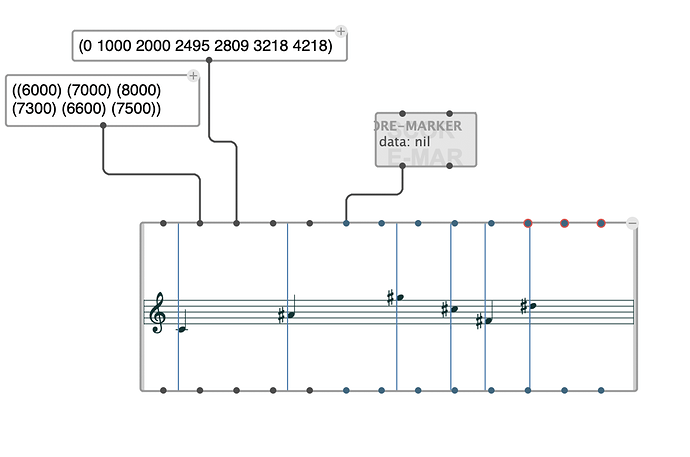Hi,
First of all thanks so much to Jean and others for the continued work and updates to OM#. It’s a real pleasure to work with it. One request I was wondering about is if there is a timeline to implement some type of segmentation. It’s a feature that I used often in order to “tame” the complexity of an output.
I see the issue was mentioned here as well: https://github.com/cac-t-u-s/om-sharp/issues/95
Thanks
Ermir












